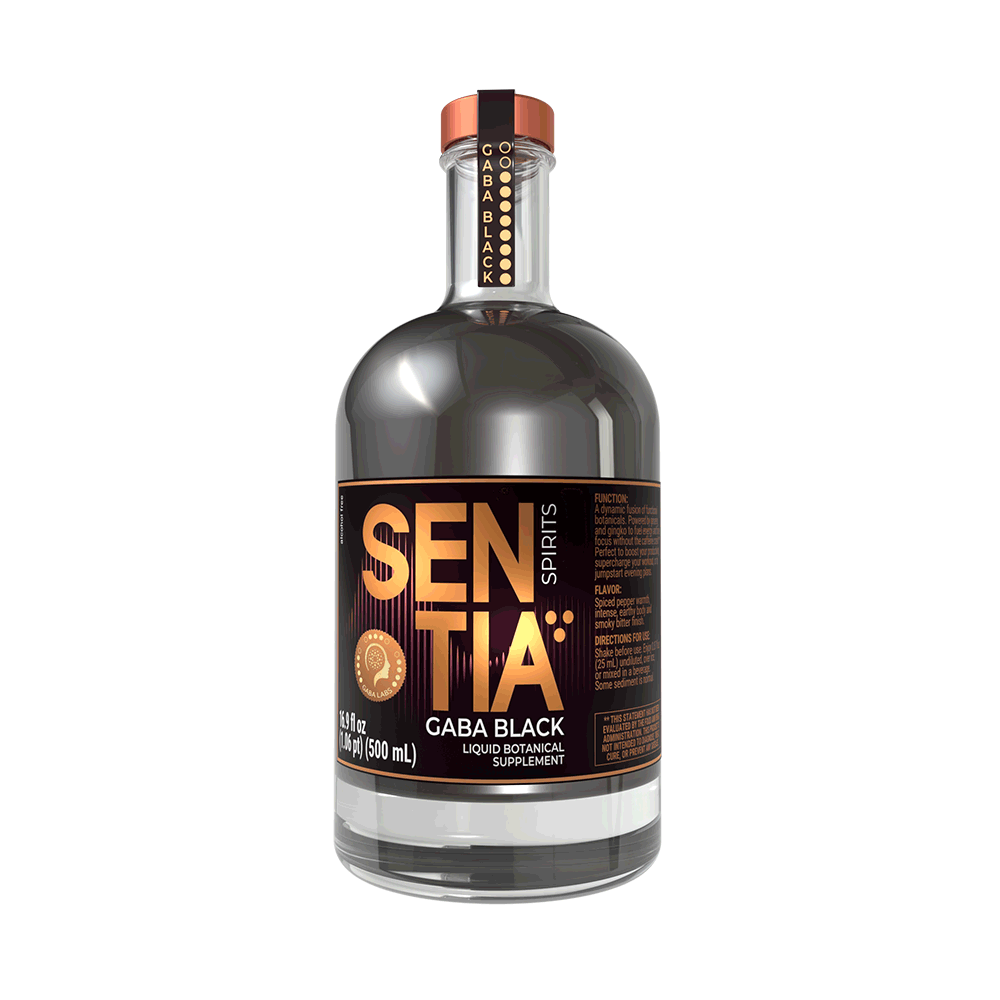The Evolution of Festivals
Could the concept of the music festival be the most influential human cultural phenomenon? This might sound a bit exaggerated, but with the surge of summer festivals covering everything from food to science, it's clear these gatherings are an intrinsic part of our cultural fabric. Originally, "festival" denoted religious celebrations across various cultures, from Old French feasting to ancient Egyptian "happy days".
The Birth of Festivities
But we can take festivals back much deeper into the past than this. Some anthropologists have tied the origin of human feasting to our prehistoric fondness for alcohol. Genetically, humans possess an enzyme allowing us to metabolise alcohol more quickly than other primates, rendering its effects less debilitating and toxic. This evolutionary divergence dates to between 10 and 20 million years ago. Much later, once humans had climbed out of forests and made their way onto open land that could support larger social groups, the fruit they found there and made into simple wines was seasonal. These primitive alcoholic beverages lacked the preservatives we find in beer, and the hunter-gatherers who brewed them hadn’t mastered the receptacles needed for long-term storage. Anthropologists speculate then that the first feasts and proto-festivals were periodic bouts of heavy drinking that hunter-gatherers would engage in to consume the alcohol they could not store or preserve.
Alcohol: A Catalyst for Communion
Alcohol's transformative effects elevated its status in early human rituals. Archaeological finds, particularly around gravesites, indicate that alcohol consumption was integral to ancient burial practices, symbolizing a deep connection between intoxication, death, and the spiritual world.
Göbekli Tepe: A Prehistoric Festival Ground
The discovery of Göbekli Tepe, with its large-scale vessels and animalistic totemic structures, provides the earliest evidence of human festivities. This site, dating back 12,000 years, showcases early human efforts to commemorate life and death through symbolic acts and communal drinking.
Gods, Monsters and Ancient Festivities
All the animals depicted in carvings at Göbekli Tepe are dangerous predators; some are depicted taking humans away in their claws and talons. Life for hunter-gatherers was hard, and death was around every corner. Göbekli Tepe seems to be a site where disparate bands of humans gathered together periodically, dressed as dangerous animals and engaged in a symbolic battle of life and death. Contrasting sharply with modern festivals, ancient gatherings often involved intense, ritualistic experiences aimed at forging strong communal bonds in reverence of divine entities. The Egyptian Festival of Drunkenness, for instance, was a vivid celebration involving communal intoxication, purgation, and sexual liberation, all meant to invoke divine favor and social cohesion.
Modern Festivals: A Reflection of our Cultural DNA
Today's festivals are less extreme, but they echo the same themes of unity and community seen in ancient times. The enduring allure of festivals, from Woodstock to Coachella, lies in their power to bring people together, creating temporary societies that celebrate life's joys, complexities, and the perennial human fascination with altered states of consciousness.
Get your Sentia in time for Coachella!
Want to get your Sentia delivered directly to Coachella? Head on over to our Amazon store where you can grab as much GABA Red or Black as Coachella's on-site Amazon lockers can handle.
Let's get lit!

